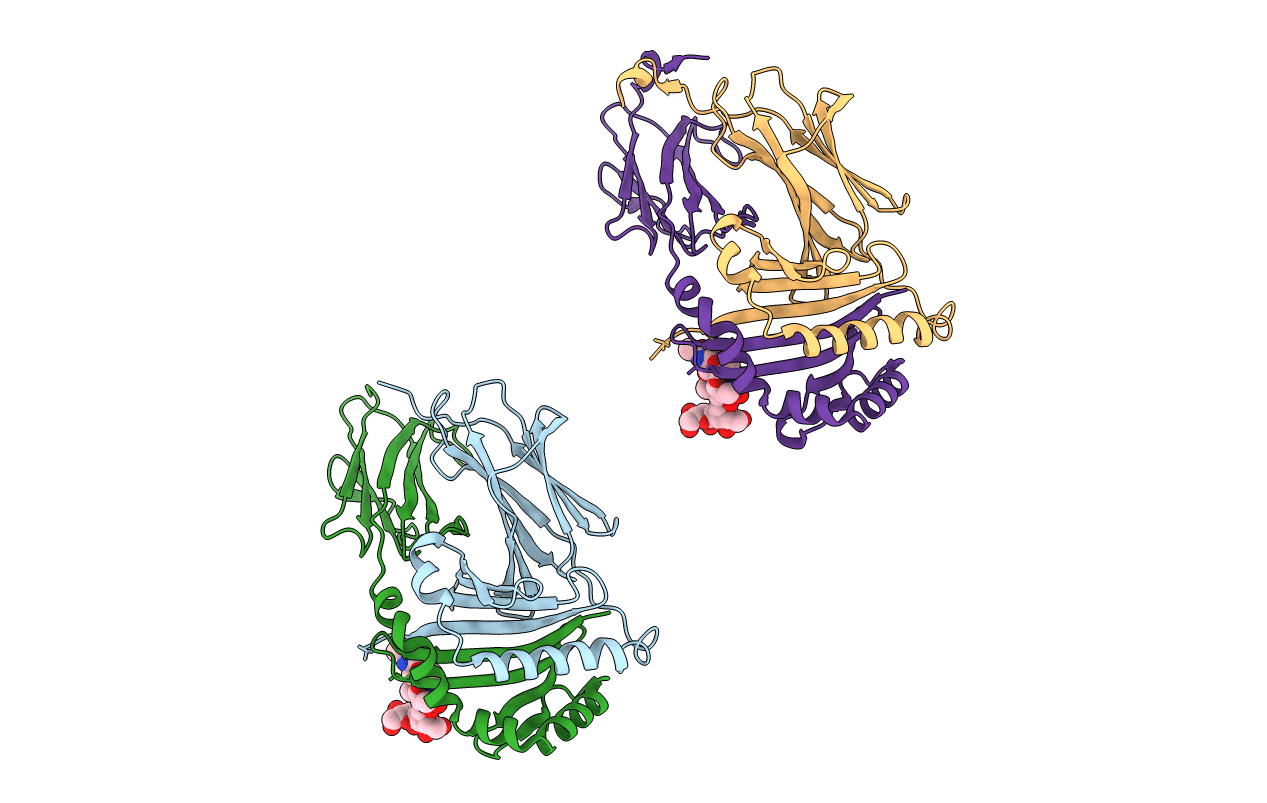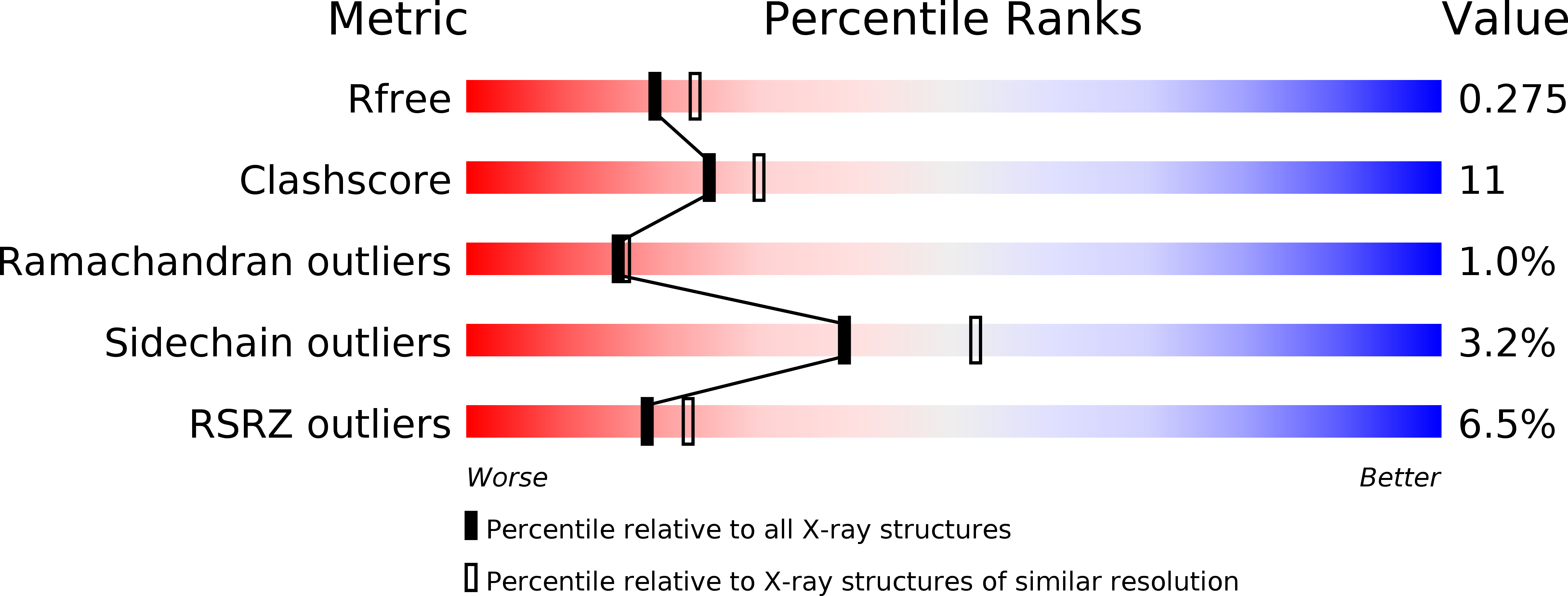
Deposition Date
2005-10-18
Release Date
2006-05-23
Last Version Date
2024-10-30
Method Details:
Experimental Method:
Resolution:
2.27 Å
R-Value Free:
0.26
R-Value Work:
0.22
R-Value Observed:
0.24
Space Group:
P 21 21 21


